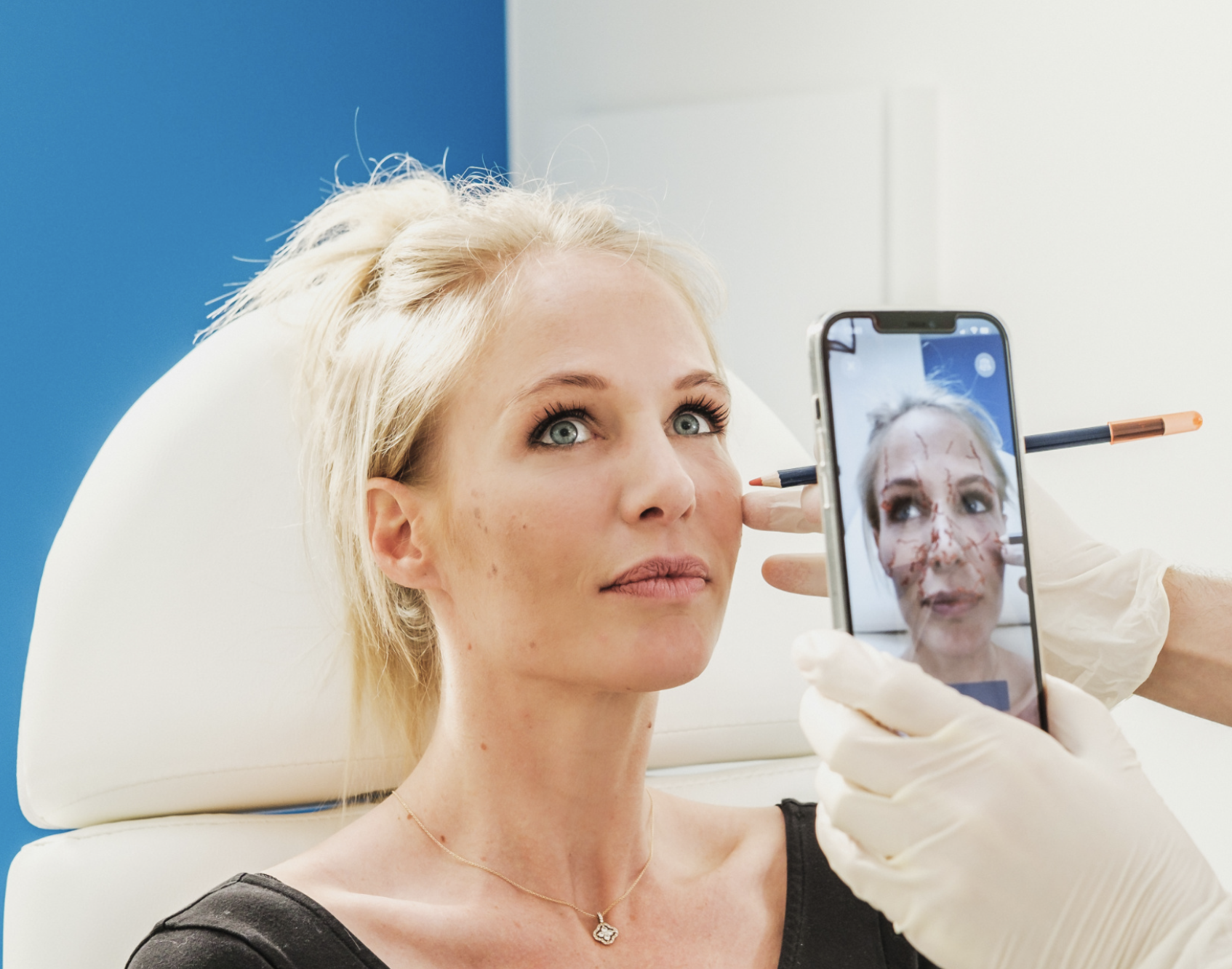
Frequently Asked Questions
BODY
How do I know if I'm a good candidate for body aesthetic surgery?
Ideal candidates are generally healthy, at a stable weight, and have realistic expectations. My main criteria are:
Stable weight of minimum 6 months
A BMI below 32
Non-smoker
No untreated comorbidities, such as heart or kidney disease
A clear understanding of your goals and the limitations
It is important to realize that long-term stable results can only be achieved with a healthy lifestyle, including a healthy diet and regular workout. During the consultation, I take my time to align your expectations with the surgical goals and discuss both the pre-operative conditions, as well as my advice for your post-operative recovery.
How long is the recovery period after body aesthetic surgery?
The recovery time depends on the type of surgery performed. For example:
Liposuction: Typically requires 1-2 weeks of recovery time.
Tummy Tuck: Recovery can take 2-6 weeks, depending on the extent of the procedure.
Mommy Makeover: Expect a recovery between 4-6 weeks.
Brazilian Butt Lift: Full recovery may take 6-8 weeks.
Usually, you are quite mobile and pain-free after 2 weeks, but there are still rules to follow the first 4 to 6 weeks after surgery. These mainly include:
Avoid heavy physical activity
Avoid lifting weights
Wear specific compressive garments
Follow the post-operative protocol with lymphatic drainages and dressing changes
Each patient gets specific, personalized instructions to ensure a smooth recovery.
Are the results of body aesthetic surgery permanent?
While the results of many body aesthetic surgeries can last for many years, factors like aging, weight fluctuations, and lifestyle can impact the longevity of the results. For instance, liposuction permanently removes fat cells, but weight gain can still affect body contours.
To ensure that you enjoy your new body for many years, I advise you to:
Follow a healthy diet
Schedule a regular workout throughout the week, usually a combination of some cardio with strength training
Maintain a stable weight and avoid weight fluctuations
Respect your post-operative visits so we can assess the results together
Will there be visible scars after surgery?
Most body aesthetic surgeries result in some scarring, but the goal is to place incisions in less visible areas to minimize their visibility. In addition, good surgical technique and good scar treatment will ensure that your scars remain very thin and will fade over time. The most common incisions are:
Liposuction and BBL: small 3mm incisions are placed in skin folds or hidden areas of the body, such as the pubic area of in between the buttocks
Tummy Tuck: The scar is hidden in the bikini line and will fade over time. The length of the scar depends on the degree and zones of skin laxity and will be discussed during consultation.
Mommy Makeover: The scars on the breast usually involve a scar around the reduced areola and a vertical scar down to the breast fold. All are hidden by every kind of bikini. In some cases, a short scar in the breast fold is needed in case of very ptotic breasts or a high degree of skin laxity. this is usually not visible once healed. For the body, the scars depend on the type of procedure: liposuction vs tummy tuck.
Gynaecomastia: In case of liposuction combined with gland excision, the scar is placed in or around the areola and is usually very inconspicuous. In case of severa skin excess, skin excision is needed and the final scar runs along the chest wall and is placed in a natural shadow crease that falls at the lower border of the chest muscle.
Arm lift: In case of skin excision, the scar falls at the inner side of the arm and is not visible when walking around. With good scar treatment and long-term taping, you can help the scar to remain a thin line that fades over time. Some scars tend to widen a little bit due to genetics and the strength of your collagen fibers.
Thigh lift: In case of skin excision, the scar falls at the inner side of the thigh and is not visible when walking around. With good scar treatment and long-term taping, you can help the scar to remain a thin line that fades over time. Some scars tend to widen a little bit due to genetics and the strength of your collagen fibers.
How can I prepare myself for surgery?
Once you book your surgery, you will get a complete information brochure with all the info you need for before and after the surgery. Preparation is key, so make sure you think about these guidelines:
Make sure you have asked every question about your surgery and don’t hesitate to contact my team in case of doubts or any remaining insecurities
Follow specific pre-surgical instructions, such as stopping smoking or avoiding certain medications. We will discuss this during consultation.
Arrange for someone to assist you after the surgery, especially during the initial recovery period.
Make sure your home is set up for a comfortable recovery with the necessary supplies.
Make sure you have all the medication and dressings at home before your surgery.
Clean your body with an anti-septic soap, starting 2 days before surgery.
Shave the surgical areas 3 days before surgery.
Avoid putting body lotion on the day of surgery.




